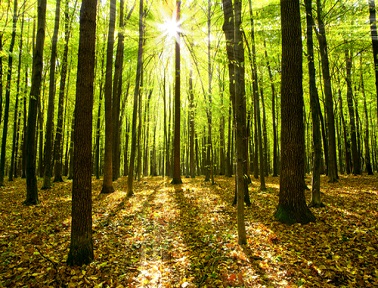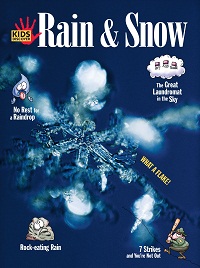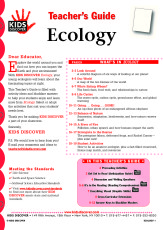 I don’t know about you, but I find it more difficult to get outside in the winter. It’s cold and often wet. We rarely get snow. Except for birds, all the interesting creatures are hiding away, waiting for spring. There is still fun to be had, though, despite the gloom and cold. A world stripped to shades of gray and brown reveals secrets that spring’s greens and autumn’s oranges and reds keep hidden. It’s time for a pattern hunt!
I don’t know about you, but I find it more difficult to get outside in the winter. It’s cold and often wet. We rarely get snow. Except for birds, all the interesting creatures are hiding away, waiting for spring. There is still fun to be had, though, despite the gloom and cold. A world stripped to shades of gray and brown reveals secrets that spring’s greens and autumn’s oranges and reds keep hidden. It’s time for a pattern hunt!
When I look up “pattern” in the dictionary, most definitions include words like “design,” “repeated,” “decorate,” and “regular.” In math, we talk about patterns as a set of numbers or objects that follow a “rule.” There are many mathematical patterns in nature. With that statement, I have exhausted my expertise in this area! However, there are good resources online should you wish to dive into this fascinating study. There are a few links listed at the end of this article.
Here are a few ideas for exploring patterns on your family nature walks. Your definition of “pattern” might be more or less strict, depending upon the ages of the kids involved. For example, many man-made patterns you’ll find, like the lines painted on roads, follow a simple a-b-a-b pattern. Younger children will have fun finding more examples of this. Older kids might be interested in learning more about fractals (see links below). Many patterns in nature, including tree branches, seed heads, and even clouds follow this type of pattern.
Pattern Walk
Bundle up, go outside, and take a walk. You can drive to a beautiful, natural area, but for this activity, it’s not really necessary. I know this is a “nature” walk, but actually, it’s just as much fun to look for man-made patterns as well. Often, the man-made patterns are the most obvious. Nature’s patterns are sometimes more subtle (read: more mathematically complicated). Here are some patterns to watch for:
Natural: stripes on a bird (or raccoon, if you’re lucky!), seed heads, frost/ice/snow (bring a magnifying glass), animal tracks, the branches of trees, conifer cones
Man-made: lines on the road, fences, holiday lights, brick walls, siding on houses, sidewalks
Pattern Walk Scavenger Hunt
Take a few items from the list above. Add your own, and set out on a scavenger hunt. If you have enough people, you can break into teams. Again, you can do this anywhere, but it would be fun in a park or on a trail walk. Maybe the winning team gets hot chocolate served to them!
Tree Rubbings
Trees have amazing patterns in their bark. You can capture these patterns with a fun, kid-friendly art project. You’ll need paper and something to use to do the rubbing. For younger children, a “naked” crayon works the best. Older kids can experiment with charcoal or pastels (these are messy!).
Mystery Pattern Game
Use your phone’s camera to take some up-close shots of the patterns you find. Download the photos to your computer and create a card for each pattern that you can print and cut out. Play a little “guess the pattern” when the weather is too nasty for an outdoor excursion.
Links to More about Mathematical Patterns in Nature
What are Fractals? Fractal Foundation
http://fractalfoundation.org/resources/what-are-fractals/
Earth’s Most Stunning Natural Fractal Patterns, Wired Magazine
http://www.wired.com/wiredscience/2010/09/fractal-patterns-in-nature/
The Fibonacci Series, ThinkQuest
http://library.thinkquest.org/27890/applications5.html
Patterns in Nature, National Geographic
http://photography.nationalgeographic.com/photography/patterns-in-nature/



